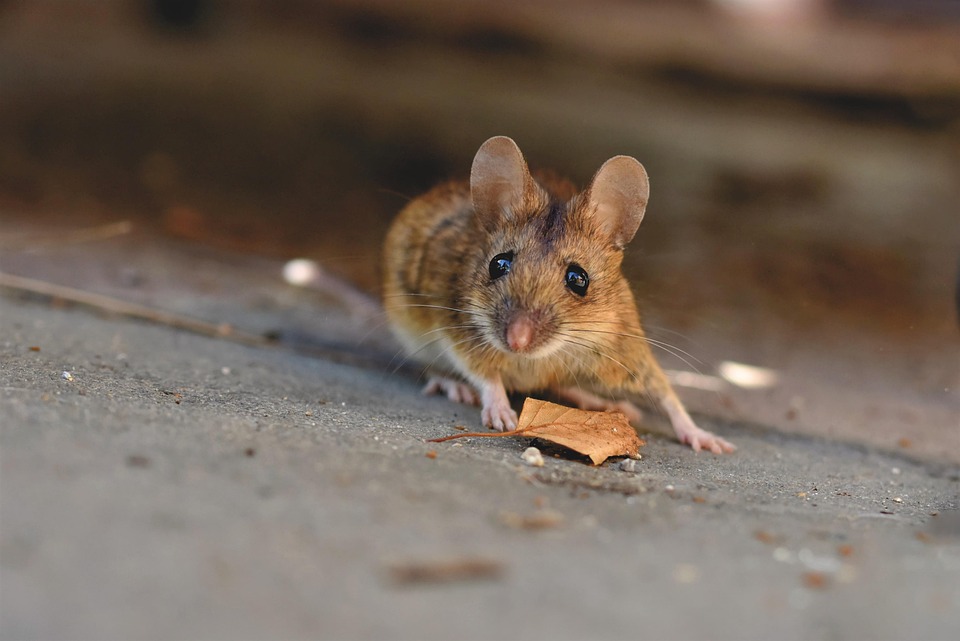Rodents are among the most diverse and adaptive mammals on the planet. Among the most recognizable members of this group are the house mouse (Mus musculus) and the field mouse (Apodemus spp.). Both of these small creatures play significant roles in their ecosystems and have fascinating adaptations that allow them to thrive in varying environments. This article will explore their differences, lifestyles, habitats, and roles within the ecosystem.
House Mouse: The Urban Survivor
Habitat and Distribution
The house mouse is chiefly associated with human habitats. Originally native to Central Asia, it has since spread globally through human activity, finding refuge in homes, farms, and warehouses. They thrive in urban settings, often living in close quarters with humans, which provides them with ample food sources and protection from predators.
Physical Characteristics
House mice are small, usually measuring around 2.5 to 4 inches in body length, with a similar length tail. Their fur is generally gray or brown, enabling them to blend into their surroundings—an essential trait for evading predators.
Diet and Behavior
House mice are omnivorous, primarily feeding on seeds, grains, and human food scraps. Their foraging behavior is adapted to exploit various food sources, making them highly versatile. House mice are nocturnal and very social, often living in colonies that can number in the hundreds. They communicate using a range of vocalizations and scents, which is integral to their social structure.
Role in Human Environments
While often viewed as pests due to their propensity for invading homes and consuming stored food, house mice also serve as important subjects in scientific research and have influenced numerous fields such as genetics and disease research.
Field Mouse: The Wild Nomad
Habitat and Distribution
Field mice are a collective name for several species within the Apodemus genus, including the outdoor-dwelling wood mice and yellow-necked mice. Unlike their house-dwelling counterparts, field mice inhabit grassy fields, forests, and gardens, primarily in Europe and parts of Asia.
Physical Characteristics
Field mice are slightly larger than house mice, measuring about 3 to 4 inches long. Their fur is typically a mix of brown, gray, and cream, which serves as camouflage against the backdrop of their natural habitats.
Diet and Behavior
Field mice are primarily herbivorous, feeding on seeds, fruits, and plant materials. They possess a foraging strategy that allows them to store food for the winter, creating caches that help them survive through harsh conditions. Unlike the house mouse, field mice are generally more solitary and territorial, although they may share their space with others during the breeding season.
Role in Ecosystems
Field mice are essential to many ecosystems, serving as a food source for various predators, including snakes, birds of prey, and mammals. Their burrowing activities also help aerate the soil and contribute to nutrient cycling, benefiting plant communities.
The Differences in Their Lives
While both house and field mice share some common traits—such as being small, nocturnal, and adaptable—they differ significantly in their habitats, social structures, and diets. House mice thrive in human-modified environments, benefiting from our presence, while field mice are adapted to live independently in the wild.
Ecological Impact
House mice can be considered invasive species in certain regions; their close association with human habitation often leads to increased pest-related problems. In contrast, field mice contribute to their ecosystems through interactions with plants and animals, promoting biodiversity.
Research Contributions
Both types of mice have played pivotal roles in scientific studies. House mice are often used in laboratories due to their genetic similarity to humans and their high reproductive rates, while field mice can provide insights into natural behaviors and the consequences of habitat changes.
Conclusion
The ongoing study of house and field mice reveals much about the adaptability and resourcefulness of rodents. Whether navigating the interstitial spaces of human dwellings or foraging in the wild, these creatures are emblematic of the remarkable ways life can flourish in diverse environments. Understanding their roles within ecosystems enhances our appreciation for the balance of nature and the importance of biodiversity in our world.



